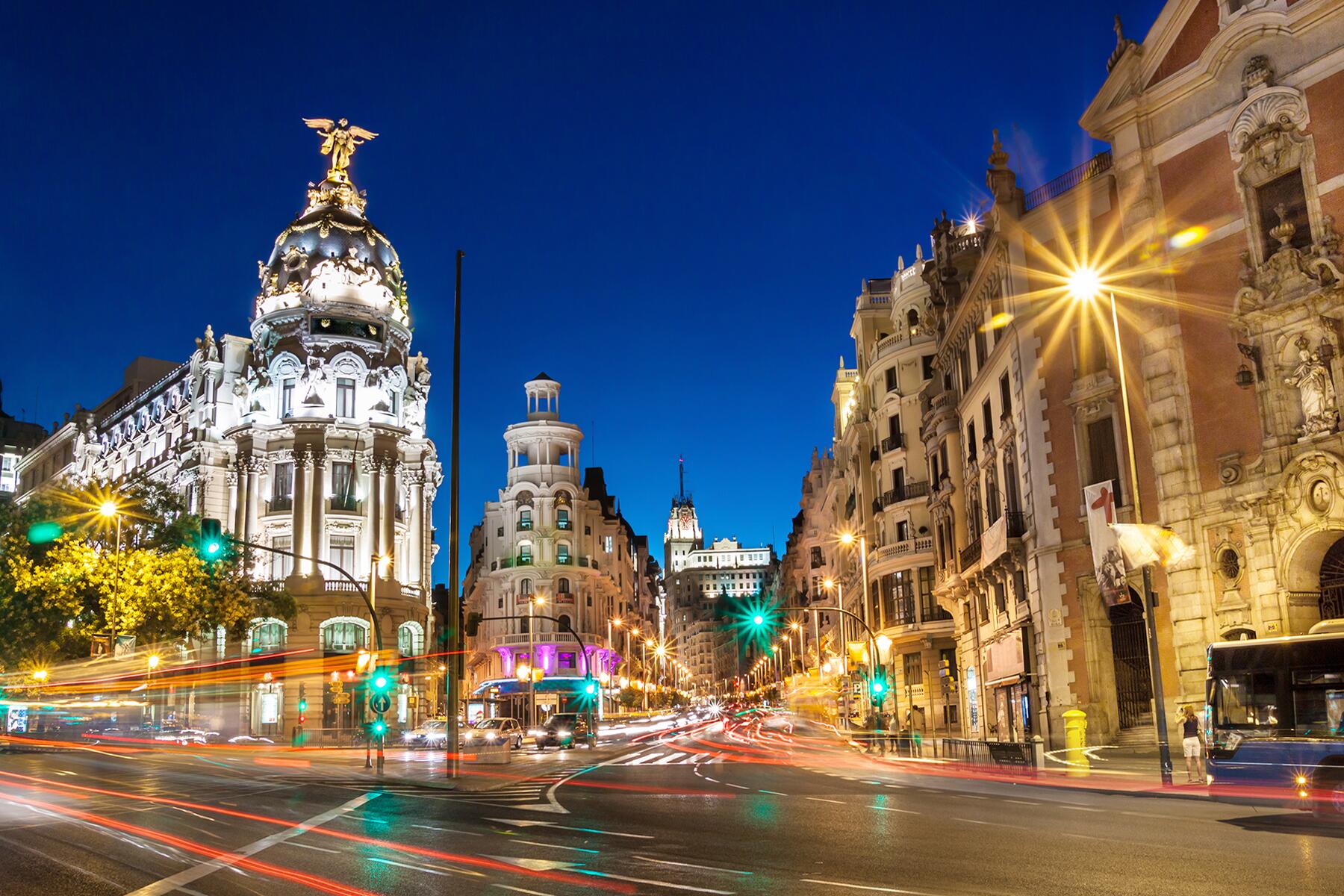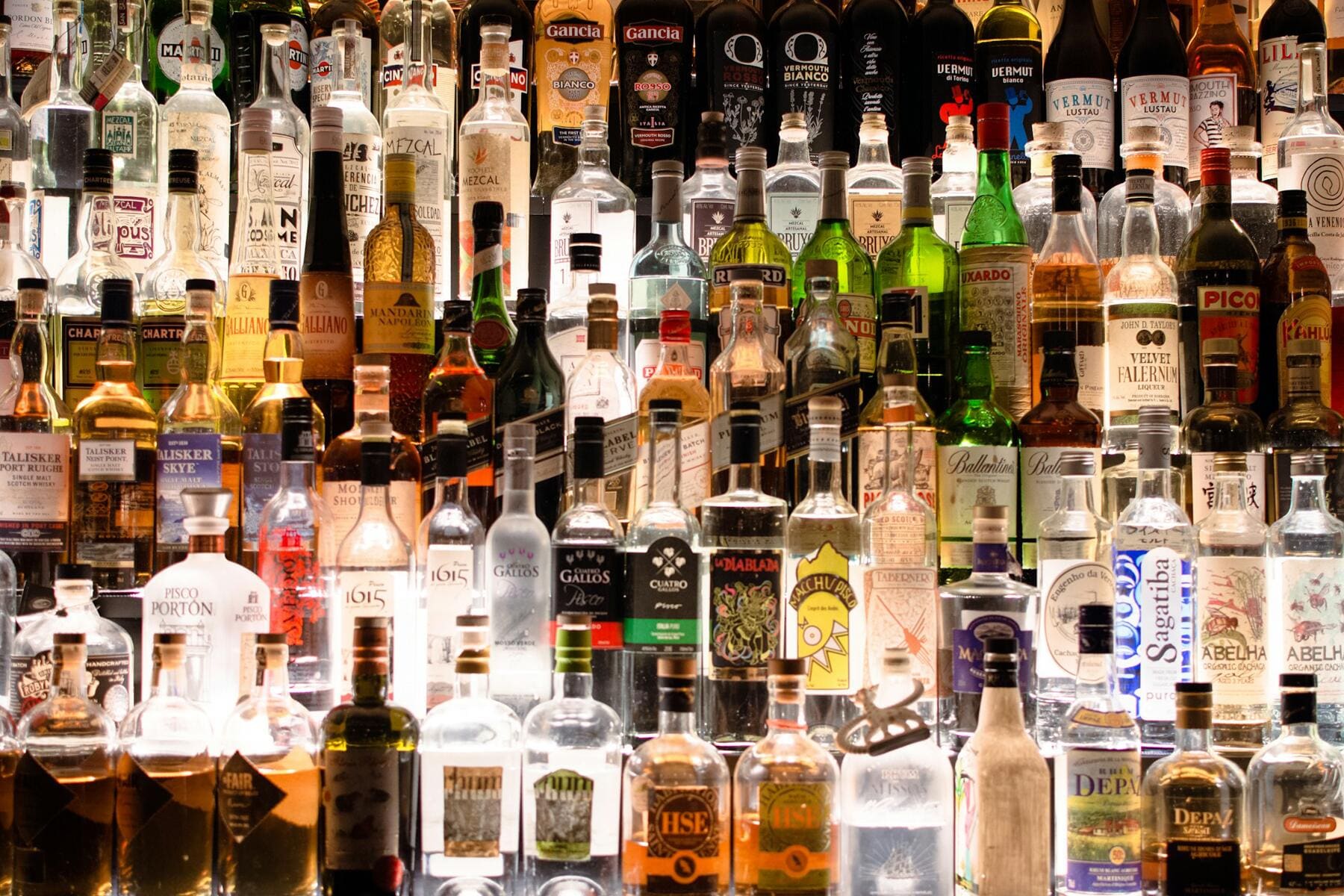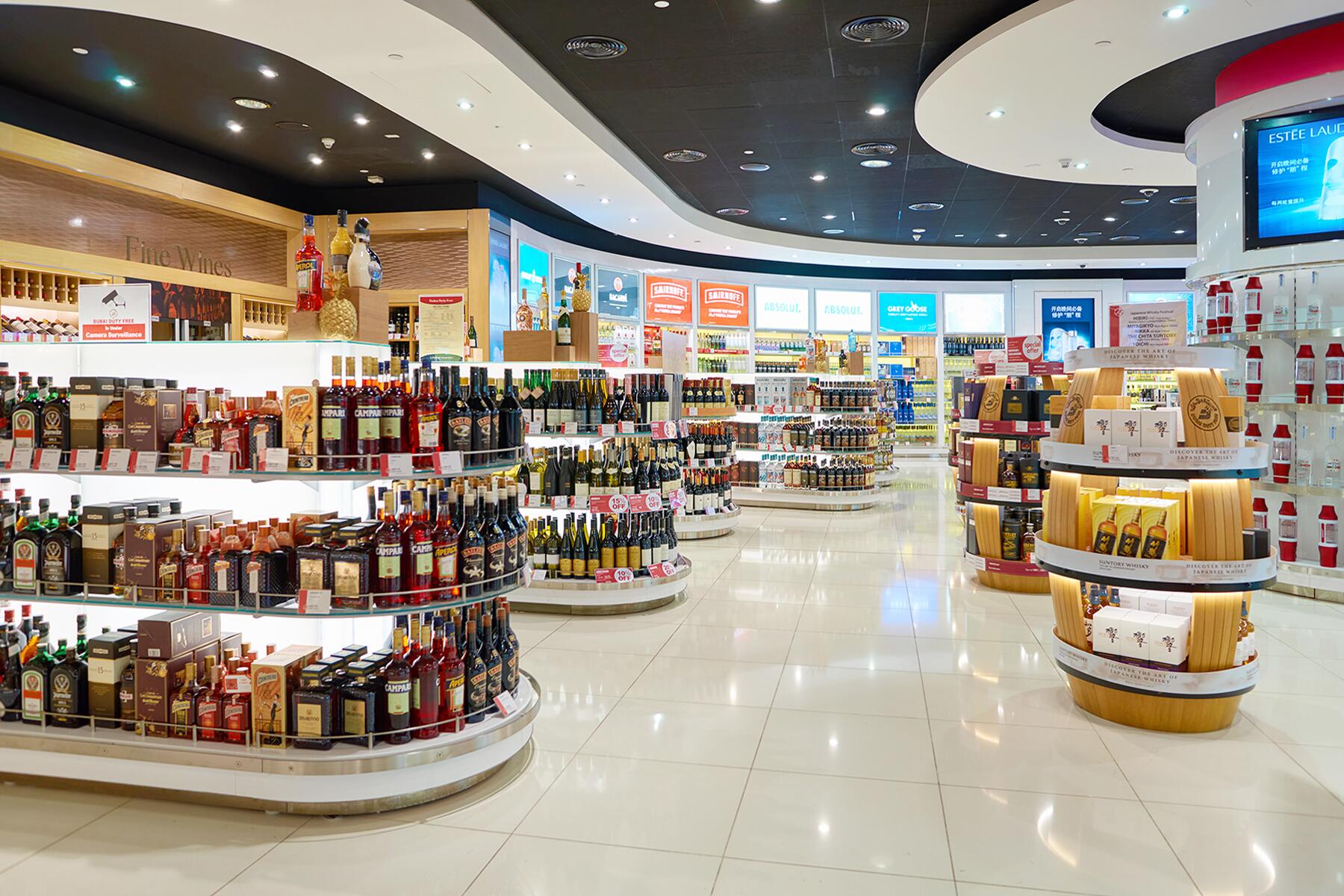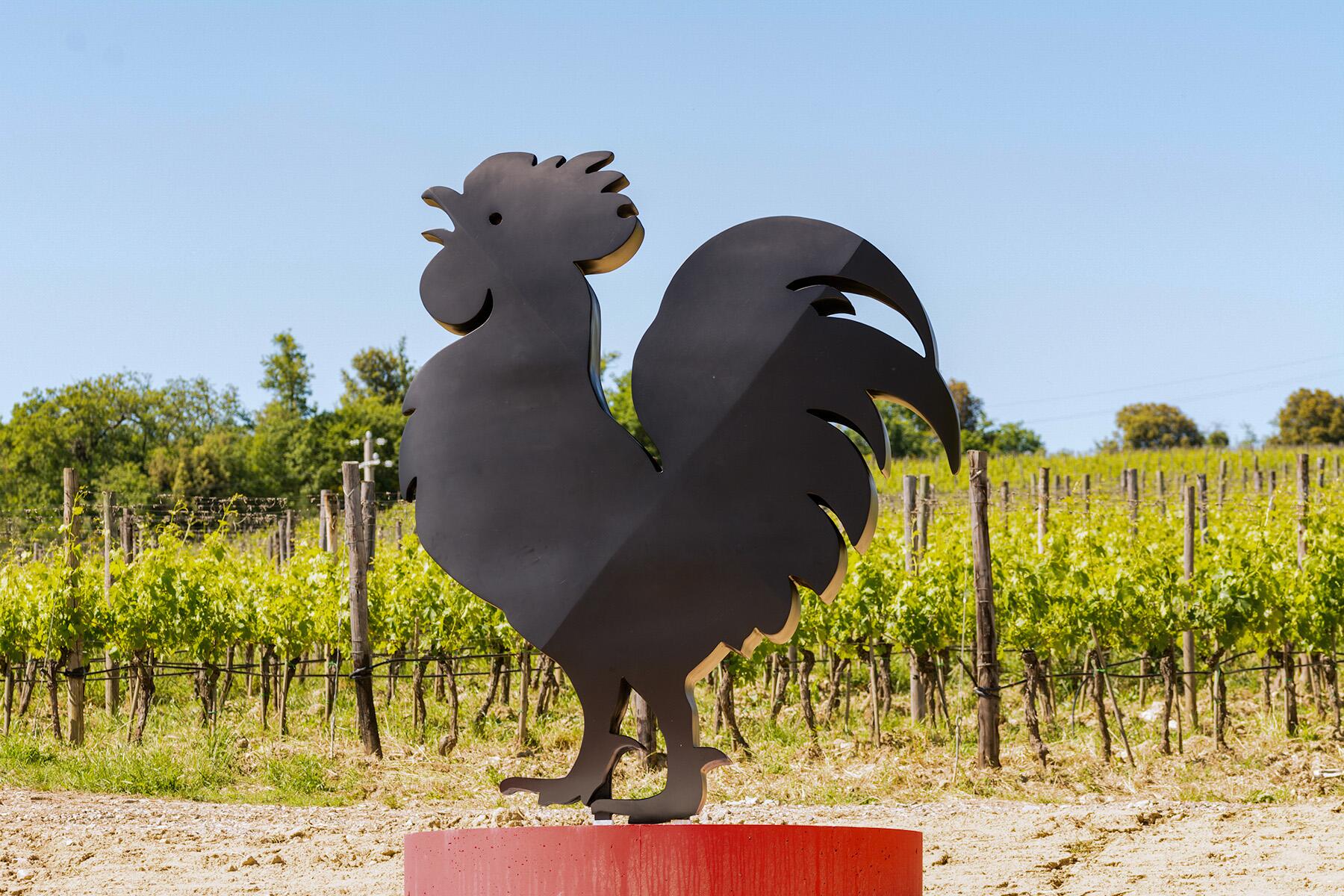- ⁄
- Travel News
- ⁄
- Booze
Take yourself on an international tasting tour.
International travel may still be largely restricted through the holidays, but it’s possible to travel through your glass or mug with every sip of these wines, spirits, and non-alcoholic beverages. Whether it’s coffee and tea or whiskey and wine, drink your way around the world with these picks.
Top Picks for You
Champagne
WHERE: France
Ring in 2021 with the most celebratory of wines. Many people call all sparkling wine “Champagne,” but it can legally only be called champagne if it’s from Champagne, France. One of the few family-owned houses remaining, Billecart-Salmon is world-class. They’re best known for brut rosé, but all of their lower-dosage wines are fresh and vibrant, pairing wonderfully with a wide range of food. Champagne is often paired with seafood, and for good reason, but try the Billecart-Salmon brut sous Bois with roast chicken or a juicy steak.
The Juliette by Une Femme Wines is my favorite new label, a premier cru Champagne partnership of women winemakers including Julie Médeville of Gonet-Médeville, the highly acclaimed grower-producer with historic vineyards in Bouzy, Ambonnay, and Le Mesnil.
INSIDER TIPDrink Champagne out of a white wine glass or tulip glass rather than a narrow flute to better appreciate its aromas.
Scotch
WHERE: Scotland
Scotch is best known for its bold, peaty taste, but different cask finishes add unique flavors. Laphroaig Càirdeas, Port & Wine Casks features a blend of whisky aged in bourbon, ruby port, and red wine barrels imparting notes of raisin and maple. In the Scottish Highlands, Balblair is one of the oldest working distilleries, established in 1790. The Balblair 18 Year Old has beguiling notes of toffee and warm custard with a creamy, leathery finish. Dalmore is another iconic single malt from the Highlands and their special collaboration with Vosges Haut-Chocolat includes scotch-infused truffles to pair with their zesty, spicy 18Year Old whisky.
Blended whisky was once considered inferior, but newcomer Compass Box commands comparable prices to single malts for complex blends like rich Hedonism to smoky Peat Monster. This year they released a limited edition Peat Monster Arcana, which pairs surprisingly well with creamy blue cheese.
Recommended Fodor’s Video
Cabernet Franc
WHERE: Turkey
Turkey is one of the world’s oldest wine countries, with historians pinning the origins of winemaking to Ancient Anatolia, and Turkey has hundreds of native grape varieties like narince, a white grape known for floral, stone fruit characteristics similar to Chablis. For many years, the winemaking tradition was lost, but today there are a handful of small producers bringing it back. However, very few Turkish wines are exported to the United States. Selendi was the first chateau-style wine producer in Turkey, located in the valley of Sarnickoy, Akhisar in Western Turkey where the Hittites planted vineyards in 2000 BC. The Ongor family is now producing 10 estate-bottled, organic wines, available this year for the first time in the United States. Their cabernet franc is outstanding paired with any holiday roasted meats from prime rib to rosemary-crusted rack of lamb.
Mezcal
WHERE: Mexico
Mezcal has been an integral part of Oaxacan culture for more than 400 years, produced from dozens of different agave varietals, compared to tequila which can only be produced from Blue Weber agave in Jalisco. Mezcal’s diversity is appealing but can also be overwhelming for newbies. Try Bozal Mezcal’s Ensamble, a slightly smoky and herbaceous rendition of mezcal, made from a trio of Espadín, Barril, and Mexicano agave for an easy-sipping example of artisanal mezcal. Bozal’s Castilla is made in the ancestral method, meaning the agave is roasted in earthen pit ovens and distilled using clay pots over fire. The result is a gloriously complex spirit that’s equally fruity and earthy, with notes of mocha and black pepper.
Brand new this month, OAX Original is crafted exclusively using wild, single-origin foraged agave ranging from 12 to 25 years old. Tobalá is great to sip as an aperitif or digestif with its silky texture and subtly sweet floral and herbal notes.
Cold Brew Liqueur
WHERE: Ethiopia
Ethiopia is regarded as the spiritual birthplace of coffee, and the Yirgacheffe region is famous for producing some of the best beans in the world. With hard coffee surging in popularity, Mr. Black Single Origin Ethiopia is a premium example of a cold brew coffee liqueur for coffee purists, made in Australia while supporting small-scale farmers in Ethiopia. There are only 5,500 bottles of this limited release available globally and the flavors are complex enough to enjoy sipping on its own, although it’s also great for making tiramisu or boozy affogatos.
Rhum Agricole
WHERE: Guatemala
Guatemala’s rich, volcanic soil and tropical climate are perfect conditions for growing the raw ingredient for rum—sugar cane. The sugar cane usually takes 12 months to ripen and the harvesting season in Guatemala occurs from mid-November to the end of April, after the rainy season when the sugar is more concentrated. Most rums globally are made from molasses, but Zacapa Rum is a rhum agricole, meaning it’s made directly from freshly pressed sugarcane juice, in this case, the first pressing of virgin sugar cane. Master Blender Lorena Vasquez is one of the few women master blenders in the world and she ages Ron Zacapa 23 Centenario Rum above the clouds—7,500 feet above sea level—and the consistent cold temperature and high altitude help develop its fruity honey flavor.
Tea
WHERE: Taiwan & China
Learn about the nuance and art of tea at tea rooms like Living Water Tea House in Chicago and Chado Tea Room in Los Angeles. To enjoy tea at home, Ten Ren Tea has the most accessible and authentic selection of top-quality teas from China and Taiwan, including green, black, white, oolong, and pu-erh teas in both loose leaf and tea bag formats. Founded in 1953 in Taiwan, they’ve become the most trusted tea retailer in North America, with access to limited edition teas like spring sprouts and rare aged teas.
Living Water Tea House has also begun shipping their teas nationwide for the first time. Cosette Liu, the 28-year-old founder, is a Shanghai native who came to Chicago to study printmaking and ceramics at the Art Institute. She opened Living Water during the pandemic hoping to bridge the cultural divide between China and the United States through tea.
Pisco
WHERE: Peru
Pisco is Peru’s national spirit, with nationally legislated holidays, and Caravedo Pisco is the top export in the category. Pisco is distilled just once to proof, made from eight different grape varietals. It’s essentially a grape brandy and a pure white spirit, unaged and unaltered. The Caravedo distillery, established in 1684, is the oldest continuously operating distillery in the Americas and makes all their pisco from estate-grown grapes. There are three styles of pisco—pisco puro made from a single grape, pisco acholado from a blend of grapes, and mosto verde, when fermentation is halted to maintain intense sugar content and floral notes. Try substituting pisco for gin, vodka, or tequila in your favorite cocktail.
Sangiovese
WHERE: Italy
Sangiovese is the most widespread red grape planted in Tuscany, a rural landscape of verdant rolling hills that is home to Italy’s most scenic vineyards. Within Tuscany, the medieval town of Montepulciano is known for producing some of the region’s best wines. Salcheto is a certified organic and sustainable winery in Montepulciano and their holistic, non-interventionist approach to winemaking really highlights the terroir, crafting wines with invigorating tannins, and aromas of fresh herbs and red cherry and ripe plum. These wines are great for pairing with steak and pasta.
Port
WHERE: Portugal
Dessert wines are still slowly gaining popularity in the United States, but Port wine is perhaps the greatest of all fortified wines, an excellent pairing with chocolate or a cigar after dinner. Port is produced exclusively in the Douro Valley on steep, rocky hillsides from Touriga Nacional, Touriga Francesa, or Tinta Barroca grapes. There are many styles of Port but ruby and tawny are the most common categories. Ruby Port is very sweet and fruity with plummy, berry aromas, while tawny Port is aged for longer in barrels, for a nuttier, more mellow flavor. Taylor Fladgate and Croft are two of the oldest and most respected producers
Irish Whiskey
WHERE: Ireland
Unlike Scotch, Irish whiskey is made with unmalted barley and other grains like wheat and corn. It’s usually distilled three times and is renowned for its smooth flavor and hints of vanilla, more similar to bourbon than Scotch. The Teeling family has been distilling whiskey since 1782 and their 24-Year-Old Single Malt was the first Irish whiskey award World’s Best Single Malt in 2019. Knappogue Castle Irish Whiskey is another standout, named after a 15th-century castle that still stands today. Their core line of 12, 14, and 16-Year Single Malt Irish whiskey is very approachable and light while their cask finish series ages their whiskey in wine barrels from Marco de Bartoli marsala, Chateau Pichon Baron Bordeaux, and Marchesi di Barolo to impart additional fruit notes like strawberries and red apple for a more complex, layered spirit.
Fat Miilk Coffee
WHERE: Vietnam
Vietnam is one of the top coffee exporting countries in the world and Fat Miilk is a direct trade Vietnamese coffee company sourcing organic, pesticide-free beans directly from co-owner Tuan Huynh’s family farms in Buôn Ma Thuột, Đắk Lắk, Vietnam, which are then roasted and packaged in the U.S. The brand’s Màu Xanh Blue Roast has a rich flavor profile with hints of roasted almonds, chocolate, and molasses. They also sell coffee filters so you can prepare drip coffee in the traditional Vietnamese style.
Monkey 47 Gin
WHERE: Germany
You can make gin anywhere in the world; the only requirement is that it’s predominantly flavored with juniper berries. Monkey 47 gin is made in the Schwarzwald or Black Forest of Germany, and the ’47’ stands for the 47 handpicked botanicals (many harvested locally) incorporated into the intricate blend. The most distinctive ingredient that truly sets Monkey 47 apart is the use of cranberries, a Black Forest staple, adding a bright, fruity accent to the floral bouquet. Monkey 47 Schwarzwald Dry Gin is a favorite at many craft cocktail bars and the Distiller’s Cut released this year was aged in mizunara oak barrels, pushing the flavor boundaries of what gin can be.
Cachaça
WHERE: Brazil
Cachaça is best known as the fruity, spicy, and sweet liquor used to make caipirinhas and it’s a good rum substitute in a variety of tropical cocktails. Like a rhum agricole, it’s made from fresh sugarcane rather than molasses, expressing more delicate, floral notes from the sugarcane. Abelha Organic Cachaça is produced in Bahia, in the northeast region of Brazil, working with a social enterprise of certified organic sugarcane farmers. The sandy highland soils here are excellent terrain for growing Maria Bonita sugarcane, which is processed within 24 hours of being cut, followed by open-air fermentation, then distilled in traditional 800-liter copper stills. Only the purest heart of the distillate—around 10%—is retained. Abelha was founded back in 2009 but only just launched in the United States this year with fresh and fruity Abelha Prata along with Abelha Ouro, which has more complex flavors of honey and balsamic due to its aging for three years in Brazilian ash casks.
Sake
WHERE: Japan
Kyoto is the birthplace of sake and the new Tussock Jumper Futsu-shu sake is a wonderful representation of the region’s soft, pure water. The brewery uses premium Koshihikari rice to make an easy-drinking sake that’s meant to be sipped, paired with teriyaki and miso-glazed eggplant as well as used in cocktails. The creamy drink is 14% ABV, comparable to a wine, with notes of candied apple and marzipan.
Makgeolli
WHERE: South Korea
Sweet, milky, and less than 7% ABV, makgeolli is the base from which soju is distilled, and the diluted rice wine is comparable to beer. Korea’s oldest alcoholic drink has enjoyed a resurgence in recent years, with dozens of makgeolli bars and craft breweries popping up in Seoul. It can be more difficult to find the good stuff in the United States, but Makku is bringing craft makgeolli to America with fruity mango and blueberry versions in addition to the milky original flavor.




